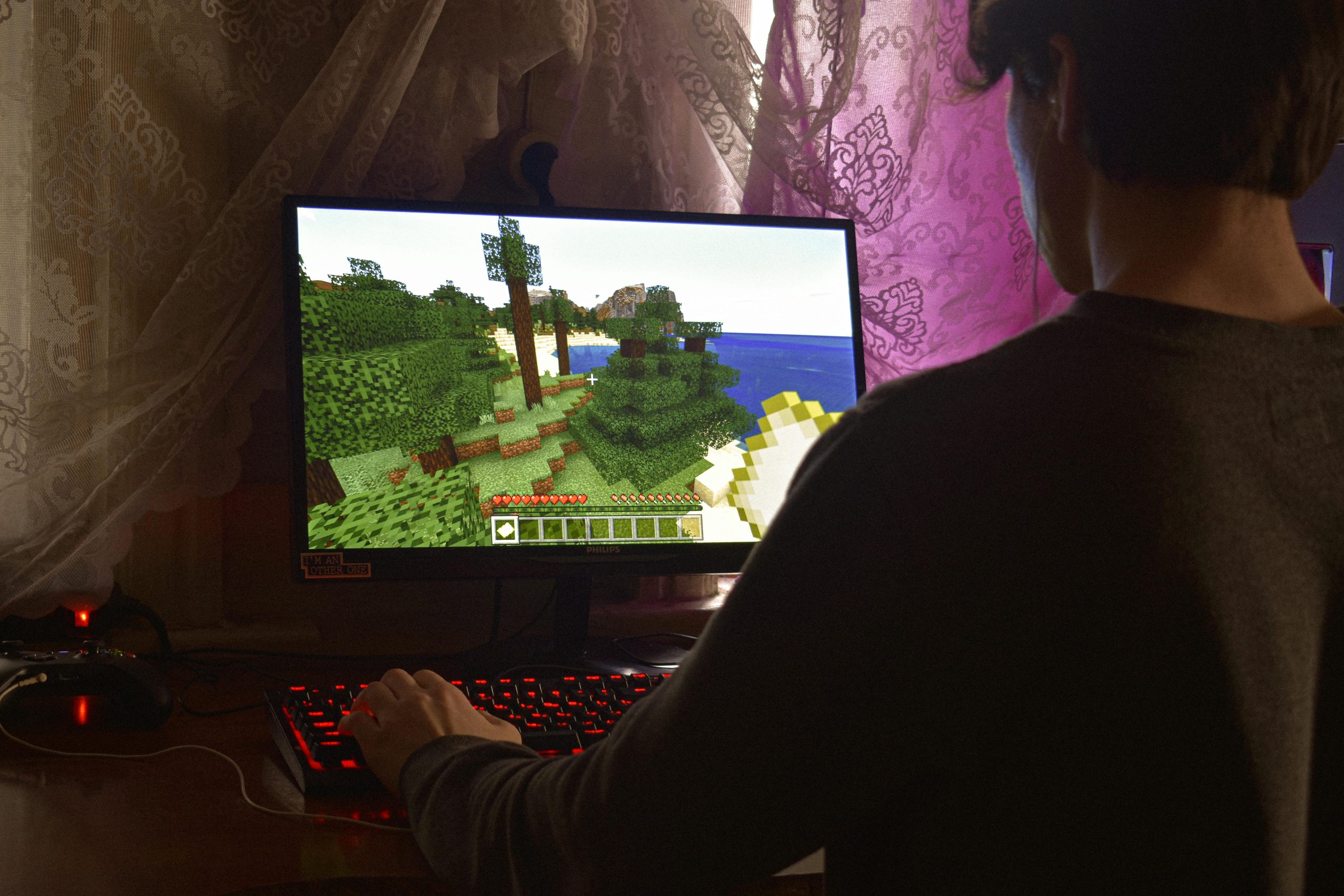Troubleshooting Sudden Disconnection of Peripherals and Motherboard LED Indicators on a Recent PC Build
Are you experiencing unexpected hardware disconnections during use? Recently, a user encountered a sudden loss of functionality in their gaming setup, and their experience can serve as a valuable case study for troubleshooting similar issues.
The Scenario
The user reported that their relatively new computer, which had been operating smoothly for approximately 18 months, suddenly lost all peripheral connections—monitor, mouse, and keyboard—during intensive use (gaming). Upon attempting to restart the system, they observed that two red LEDs illuminated at the top of the motherboard, specifically on a B650M Pro RS WiFi motherboard. Despite restarting, the system failed to detect connected devices, leaving the user seeking guidance.
Understanding the Symptoms
- Sudden peripheral disconnection during routine operation
- Unresponsive system on reboot
- Motherboard LEDs indicating an error state
Potential Causes and Troubleshooting Steps
-
Check Power Supply and Connections
-
Verify all power cables are securely connected, including the 24-pin motherboard connector and CPU power connector.
-
Inspect the power supply unit (PSU): Ensure it is functioning correctly and providing stable power.
-
Examine Motherboard LEDs and Error Codes
-
Consult the motherboard manual to interpret LED indicators. The two red LEDs could signify specific hardware issues such as RAM, CPU, or GPU errors.
-
Note the exact LED pattern or codes for accurate diagnosis.
-
Reseat and Test Components
-
Memory Modules: Turn off the system, remove RAM sticks, and reinsert them firmly. If multiple sticks are installed, test each individually.
- Graphics Card: Ensure the GPU is properly seated and the power connectors are secured, if applicable.
-
Peripheral Devices: Disconnect all peripherals except essential components to rule out external device conflicts.
-
Check for Hardware Failures
-
Inspect for visible damage, such as swollen capacitors or burned components.
-
If available, swap components with known-good ones to identify faulty hardware.
-
Update BIOS and Firmware
-
If the motherboard powers on and peripherals are detected, consider updating the BIOS to the latest version to resolve compatibility issues.
-
Reset BIOS Settings
-
Perform a CMOS reset by removing the motherboard battery temporarily or using the clear CMOS jumper. This can resolve underlying configuration issues.
-
**
Share this content:



